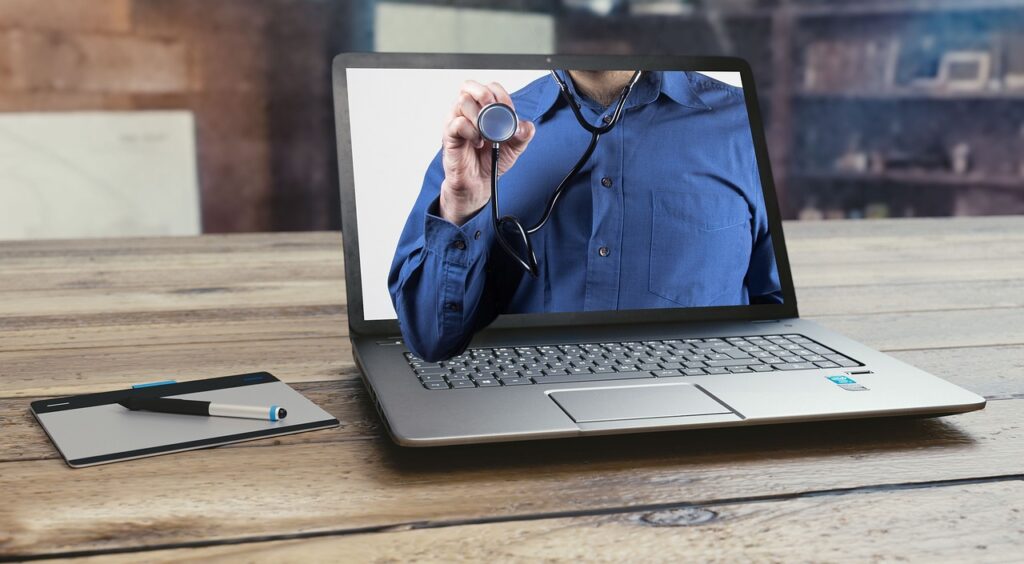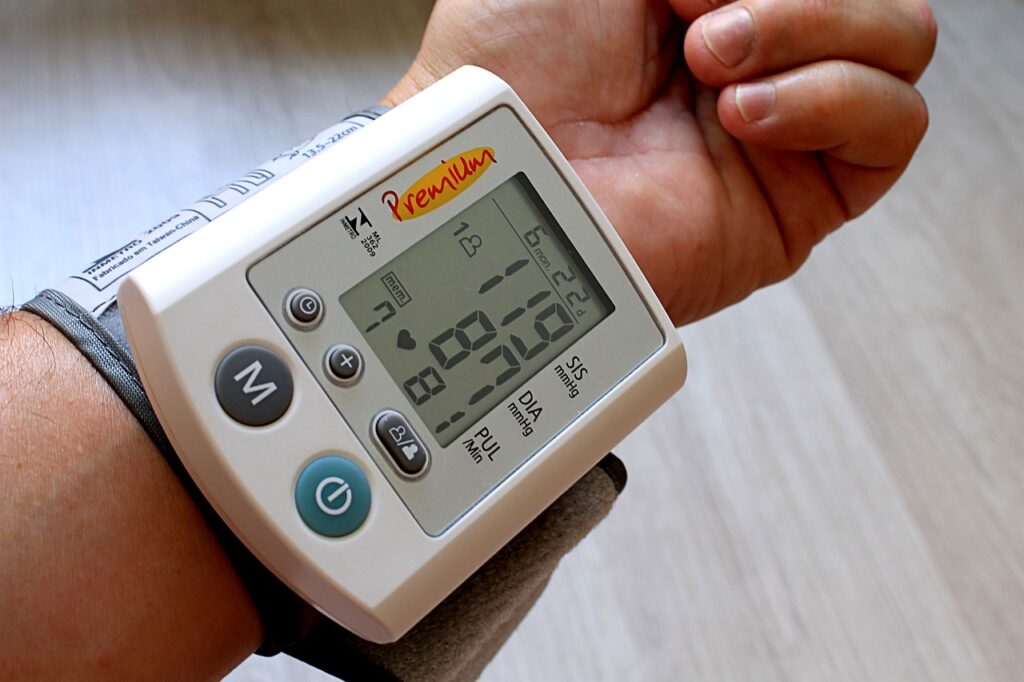The Use of Telemedicine – Pros and Cons
The integration of telemedicine into healthcare has transformed patient access to medical services, offering a convenient alternative to traditional in-person visits. Whilst the benefits of remote consultations via telephone and video are undeniable, in my opinion, the inherent value of in-person appointments remains paramount.
The Advantages of Telemedicine
Telemedicine has significantly improved healthcare accessibility, allowing patients to consult with their healthcare providers from anywhere.
This is particularly beneficial for individuals in remote locations, those with mobility challenges, and busy professionals seeking flexible healthcare solutions. It facilitates the management of chronic conditions, offers a platform for mental health support, and provides a convenient option for follow-up consultations.
The Indispensable Nature of In-Person Care
Despite telemedicine’s advances, the comprehensive nature of in-person consultations cannot be fully replicated remotely:
- Comprehensive Physical Examination: Many diagnoses rely on physical examination that assess vital signs, organ health, and overall physical condition, which are only possible in person.
- Diagnostic Accuracy: Direct observation and manual examination techniques offer diagnostic precision that remote consultations cannot achieve.
- Non-Verbal Communication: In-person visits allow healthcare providers to pick up on non-verbal cues such as facial expressions, posture, and overall demeanour. These insights can significantly inform patient assessment, understanding, and the therapeutic relationship.
- Immediate Diagnostic Testing: Face-to-face consultations provide the opportunity for immediate diagnostic tests, which can expedite diagnosis and treatment. For example blood tests, referral for urgent scan etc.
- Emergency Care: For emergencies or severe symptoms, in-person evaluation is critical to provide immediate and appropriate interventions.
The Role of Non-Verbal Cues
Non-verbal communication is a cornerstone of the patient-doctor relationship, enhancing understanding and empathy. These cues, including eye contact, gestures, and emotional expressions, offer invaluable insights that go beyond spoken words. They can indicate discomfort, anxiety, or other emotions that might influence a patient’s experience and treatment adherence. In-person appointments foster a deeper connection, build trust, and facilitate a more holistic approach to patient care.
This is one of the main drivers for people becoming doctors – human interaction and the personal relationship between physician and patient. It certainly was for me!
Finding the Right Balance
Telemedicine is an excellent addition to modern healthcare, offering convenience and expanded access. However, it should complement, not replace, in-person care. The latter remains the gold standard for initial assessments, complex conditions, and whenever a nuanced understanding of the patient’s condition is essential. In the evolving landscape of healthcare, maintaining the balance between technological convenience and the irreplaceable value of direct human interaction is key.
Conclusion
As we navigate the future of healthcare, it’s crucial to leverage the strengths of advancing technology whether that be telemedicine or AI generated diagnostic processes which can save 1000s of hours of time. However, we need to remember to strike the appropriate balance between utility and empathy.
I passionately believe that medicine is a combination of science and art and in pursuit of an ever more “efficient” model of health care we should not lose sight of the human connection.
If this kind of flexible and dynamic health care model sounds appealing to you then do get in touch to discover how it actually works.










